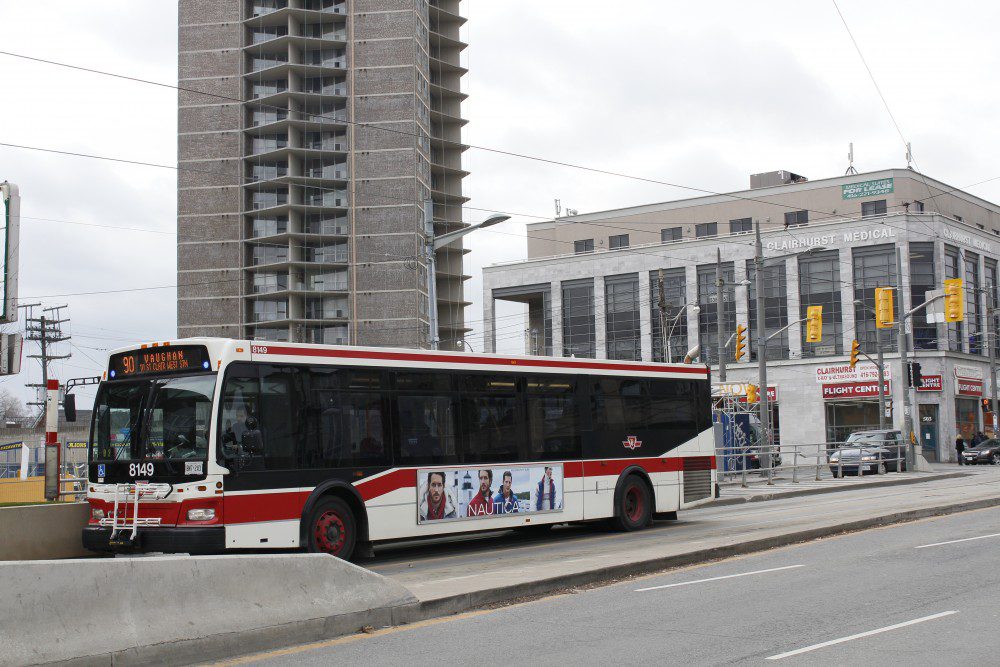The problem: the 2015 Pan Am games will undoubtable spike traffic in Toronto, adding visitors and athletes to an already-gridlocked city.
The solution, according to the new Pan Am Transportation Plan: avoid rush hour.
Hinging on the stipulation of new High Occupancy Vehicle (HOV) lane restrictions, a $61 million plan by the Ministry of Transportation is asking Toronto drivers to turn to alternate measures when getting around during the event.
“It is important that people plan ahead,” said Bob Nichols, spokesman for the Ministry of Transportation. “Everyone should consider options that will meet their particular needs. Options may include taking transit, walking or cycling to work, working flex hours, avoiding rush hour travel and during off-peak hours.”
Athletes, officials, and media will have access to special HOV lanes during the game – as will Torontonians, as long as they have three or more people in the car. For everyone else, increased transit time may mean leaving a half-hour early for work, or turning to the TTC.
“The TTC is one of MTO’s transportation partners,” Nichols said. “We are working closely with them as part of transit planning for the Games.”
Even if this helps, it brings another problem. According to a report by Consumerology, 77 per cent of Canadians actually like their daily commute – but that number harshly dips for people with a commute longer than sixty minutes. Steven Del Duca, Minister of Transportation in Ontario, wouldn’t comment on the extent of increased transit times, but Toronto’s daily trek to work is easily the longest in Canada, at almost 33 minutes on average.
According to the Nov. 2014 Consumerology Report, 19 per cent of Canadians feel worse after commuting from 15 to 30 minutes, 28 per cent feel worse after commuting from 30 to 60 minutes, and 46 per cent feel worse after commuting over one hour.
Still, Nichols said, the HOV lanes present a hidden opportunity for Torontonians.
“Our number one goal … is to keep the region moving,” said Nichols. “In many cases, expanding the HOV network during the Games will create opportunities for carpoolers and families to get around more easily.”

